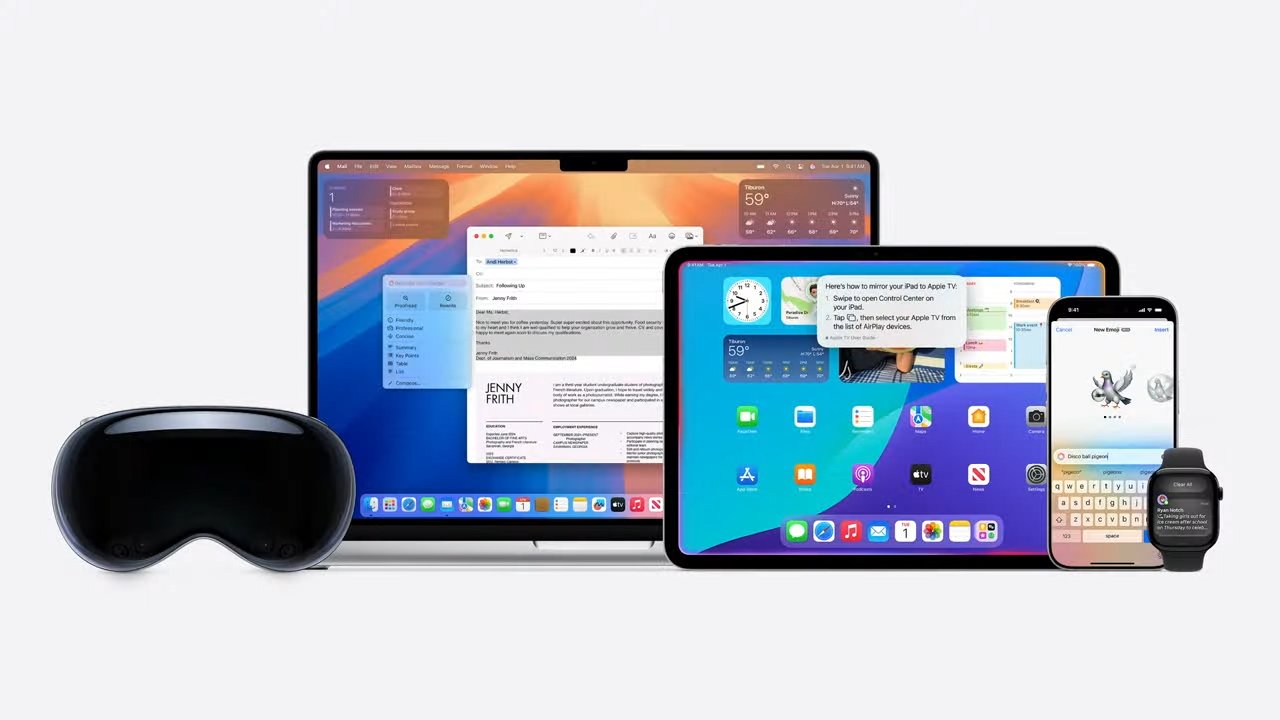In an intriguing development, recent reports indicate that the Apple Watch can potentially detect signs of COVID-19 before users even begin to notice symptoms. This capability stems from the device’s advanced health monitoring features, which include heart rate variability and blood oxygen level sensors. These features, initially designed to help users maintain a healthy lifestyle, are now proving to be invaluable tools in the early detection of illnesses like COVID-19.
The user in question, who wishes to remain anonymous, shared their experience of how the Apple Watch alerted them to unusual health metrics. This prompted them to seek medical advice, ultimately leading to a COVID-19 diagnosis, even though they were asymptomatic at the time. This case emphasizes the potential role wearable technology can play in managing public health crises, especially in the context of highly contagious diseases.
The Apple Watch is equipped with a suite of sensors that provide continuous health monitoring. It can track heart rate, detect irregular rhythms, and measure blood oxygen levels. These metrics can provide early warnings for a variety of health issues. In the context of COVID-19, an elevated heart rate and decreased blood oxygen levels can be indicators of the virus, even before traditional symptoms such as fever, cough, or fatigue appear.
The implications of this technology extend beyond individual health benefits. On a larger scale, widespread use of such devices could enhance public health monitoring and response strategies. By identifying potential cases early, health authorities could implement more targeted testing and isolation measures, potentially reducing the spread of the virus.
Researchers and developers are keenly aware of the potential impact of wearable technology in healthcare. Studies are ongoing to explore the full capabilities of devices like the Apple Watch in detecting and managing health conditions. The use of artificial intelligence and machine learning algorithms to interpret the vast amounts of data collected by these devices is also being investigated, which could further enhance their predictive capabilities.
Moreover, the integration of health monitoring features in everyday technology reflects a broader trend towards personalized healthcare. As more people adopt wearable devices, there is increasing potential for real-time health monitoring, personalized health insights, and proactive health management. This shift not only benefits individuals but also offers a wealth of data that could be used to advance medical research and public health initiatives.
However, the use of wearable technology in healthcare also raises important questions about privacy and data security. As these devices collect sensitive health data, ensuring that this information is protected and used ethically is paramount. Users must be confident that their data is secure and that their privacy is not compromised.
In conclusion, the Apple Watch’s potential to detect COVID-19 before symptoms appear highlights the transformative impact of technology on healthcare. As wearable devices become more integrated into our daily lives, they offer promising opportunities for early disease detection, personalized healthcare, and improved public health management. The challenge moving forward will be to harness these capabilities while addressing privacy concerns and ensuring equitable access to these innovations.



